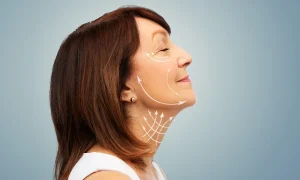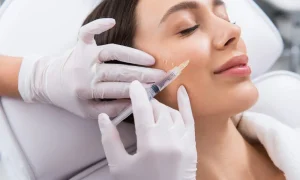Though many practitioners do not want to diagnose it, mold sickness is real. It produces a wide range of symptoms and some of them can be debilitating. Fatigue is relatively universal among those who are suffering from mold toxicity. Various symptoms similar to severe allergies, skin rashes, and joint pain can also affect some.
There are many different types of mold. However, one mold that commonly causes mold sickness is stachybotrys chartarum. This mold can appear green or dark brown in color, though it may also appear to be black. It grows in moist or damp places and usually affects homes or workplaces that have been penetrated by water in one way or another. A leaky roof, leaking foundation, or general flooding that breaches the structure.
Even if practitioners believe in mold sickness they may not know how to approach treating it effectively. Some may prescribe typical allergy medications, inhalers, steroids, and nasal sprays. But this may not be effective, especially when body systems other than the upper respiratory system are affected.
A better solution is to find one of the mold toxicity treatment centers across the U.S. The specialists at these centers understand how debilitating mold sickness can be and know how to treat the various symptoms.
Researchers claim mold exposure does not cause major illness. But, it can lead to severe allergy and asthma symptoms, as well as a weakened immune system. It can also act as a trigger for autoimmune diseases in those who are susceptible.The typical treatments may attempt to reduce the body’s response to mold through allergy desensitization. But, this does little to address other symptoms and is not always successful in reducing sensitivity.
There are mold toxicity treatment centers in major cities in the U.S. They are equipped to provide alternative treatments that not only treat the symptoms but actually help people recover. Testing begins by determining where the mold exists, particularly if it is suspected in the home. There are scientifically based tests that can be used to determine where mold may exist. Thermal imaging can be used to determine if mold lies between the walls. It does little good to seek help for mold toxicity unless the source is removed from the home. Dehumidifiers and air purifiers can help prevent mold from growing or filter mold spores indoors.
Treatment for the individual begins with urine testing, followed by the use of antifungal medications and nasal sprays with colloidal silver. Treatment protocols will also include taking a binder orally, to pull the toxins from the body and out through the digestive system.
This process may take a few months to several months, depending on how the individual responds to treatment and how closely the recommended regimen is followed. Some common binders come in liquid or capsule form and may contain ingredients like chlorella, activated charcoal, and various earth-based powders containing minerals that bind the toxic mold spores. When seeking treatment for mold illness, it is a good idea to read reviews and find mold toxicity treatment centers that have plenty of experience.






More Stories
Enhance Your Culinary Experience: Pairing Cannabis Strains with Local Flavors
How to Choose the Right Cheek Filler and Factors to Consider?
How can you use 11oysters candy to create a romantic moment?